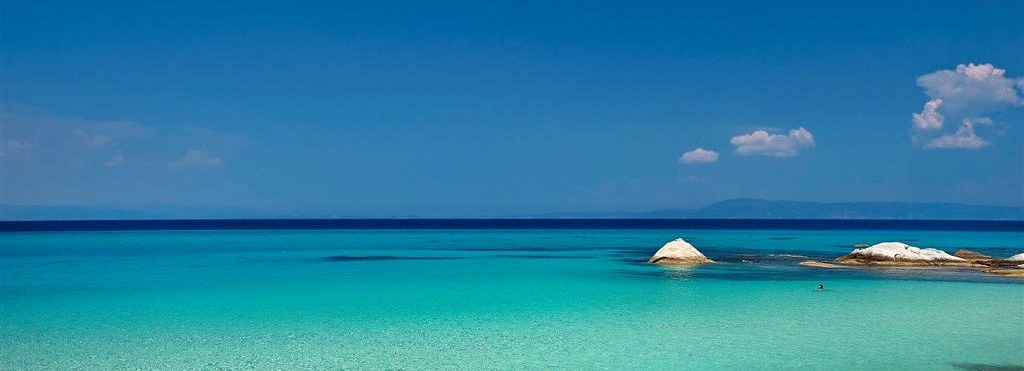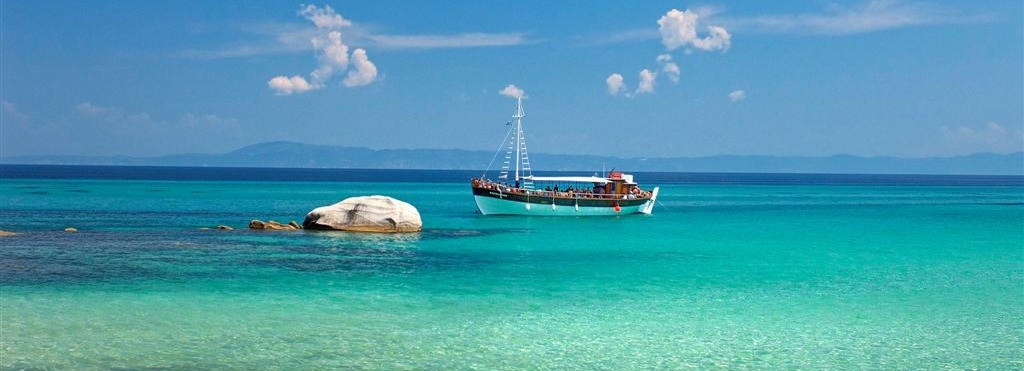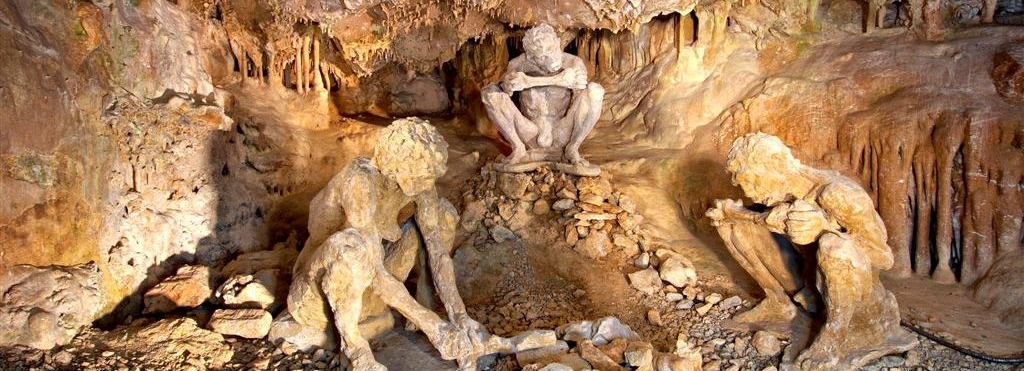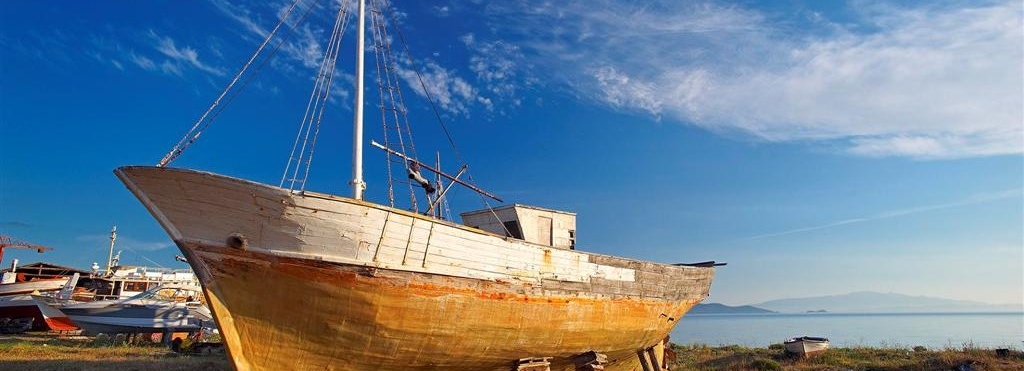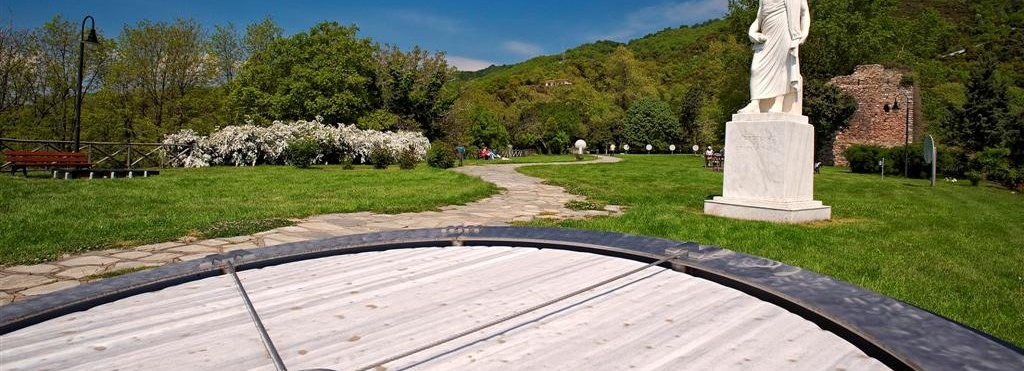THIRTEENTH MONASTERY
The monastery stands 300 meters above the sea on a huge rock, on the southeastern coast of Athos peninsula, just past the port of Danfi, Mt. Athos’ most daring building. Simonos Petra, or Simonopetra (literally “Simon’s Rock”), monastery was founded by Simon the Athonite who was a monk in Athos in the 13th century and initially named the monastery “New Bethlehem”. The monastery’s key and principal benefactor was Serbian despot Jovan Ugljesa, who in 1362AD funded the renovation and expansion of the monastery. The monastery was hit hard by fires in 1580 and 1622 and as a result was in total desolation in early 17th century. In 1762 Russian monk Paisius Velichkovsky stayed in the ruins of the monastery and attempted, assisted by other monks, to revive the monastery. Paisius’ stay might has been brief but his work was continued by monk Joasaf from Mytilene. Simonopetra, after having succumbed to becoming idiorrhythmic, the monastery will return to cenobitic organization in 1801, but after enduring the hard years of the Turkish occupation of Mt. Athos, from 1821 to 1830, it was completely destroyed by fire in May 1891. With financial aid from Russia the monastery and its Catholicon were build once more and, despite such frequent catastrophes, Simonopetra flourishes spiritually yet once more with the arrival of new monks from Meteora. The architectural layout of its buildings, due to the limited space, is very different from other monasteries on Mt. Athos. The Catholicon of the monastery is dedicated to the Birth of Christ. Its treasures include pieces of the True Cross, vests, crosses pectoral crosses, icons and many relics from Saints, such as the left hand of St. Mary Magdalene, the foot of St. Dionysus and the head of Holy Martyr Sergius, which bears a small cicatrix due to a strike suffered as he was tortured.
